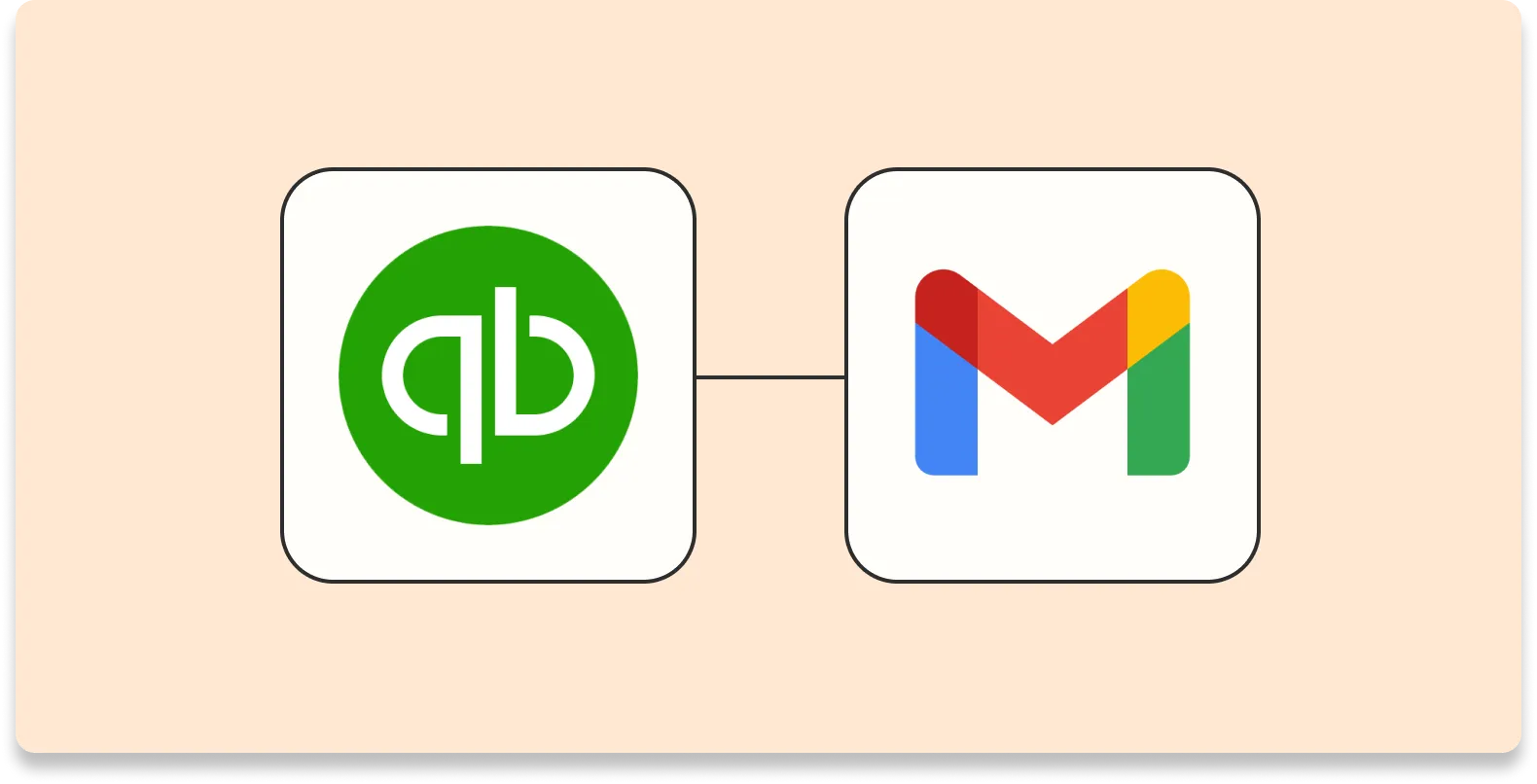Managing contract workers can be a complex task, especially when it comes to ensuring compliance with tax regulations. One of the key documents needed for tax purposes is the W-9 form. ''Automatically collecting W-9s'' from contract workers can streamline your processes and help you maintain accurate records. In this article, we will explore effective strategies and tools to automate this process.
Understanding the Importance of W-9 Forms
Before diving into automation, it’s crucial to understand why W-9 forms are essential. A W-9 form collects necessary information about independent contractors, including their name, address, and taxpayer identification number (TIN). This information is crucial for tax reporting purposes, specifically for filing 1099 forms at the end of the year. Without accurate W-9 forms, businesses risk penalties and complications with the IRS.
Choosing the Right Tools for Automation
There are several tools available that can help you ''automatically collect W-9s'' from contract workers. Here are some popular options:
| Tool | Features | Pricing |
|---|---|---|
| DocuSign | Electronic signatures, secure storage, customizable templates | Starting at $10/month |
| HelloSign | User-friendly interface, integration with various platforms, document tracking | Starting at $15/month |
| Formstack | Form creation, data collection, automated workflows | Starting at $50/month |
When selecting a tool, consider your specific needs, such as the volume of contract workers and your budget. Make sure that the chosen platform can integrate with your existing systems for seamless data flow.
Creating a Streamlined Process
Once you have selected a tool, it's time to create a streamlined process for collecting W-9 forms. Here’s a step-by-step guide:
- Set Up the Form: Use your chosen tool to create a digital version of the W-9 form. Ensure that it is user-friendly and accessible.
- Automate Notifications: Set up automated emails or notifications to remind contract workers to complete their W-9 forms. This can help ensure timely submissions.
- Integration: Integrate the W-9 collection tool with your accounting or payroll software. This allows for automatic data transfer, reducing manual entry and errors.
- Test the Process: Before rolling out the system to all contract workers, conduct a test run with a few individuals to iron out any issues.
- Provide Support: Make sure that contractors have access to support if they encounter any issues while filling out their W-9 forms.
Best Practices for Collecting W-9s
To ensure a smooth collection process, consider the following best practices:
- Clear Communication: Clearly communicate to contract workers why the W-9 form is needed and the deadline for submission.
- Data Security: Ensure that the platform you use complies with data protection regulations to keep sensitive information secure.
- Regular Updates: Regularly review and update your process based on feedback from contractors and changes in tax regulations.
Tracking and Storing W-9 Forms
After collecting W-9 forms, it’s essential to have a system in place for tracking and storing these documents. Here are some tips:
- Digital Storage: Store W-9 forms in a secure digital format to facilitate easy access and retrieval.
- Organize by Contractor: Create folders for each contractor to keep their documents organized and easily accessible.
- Set Reminders: Set reminders for when to request updated W-9 forms from contractors, especially if their information changes.
Conclusion
Automating the collection of W-9 forms from contract workers can save time, reduce errors, and ensure compliance with tax regulations. By choosing the right tools, creating a streamlined process, and following best practices, you can simplify this crucial aspect of managing contract workers. Implementing these strategies will help your business stay organized and compliant, enabling you to focus on what truly matters—growing your business.





